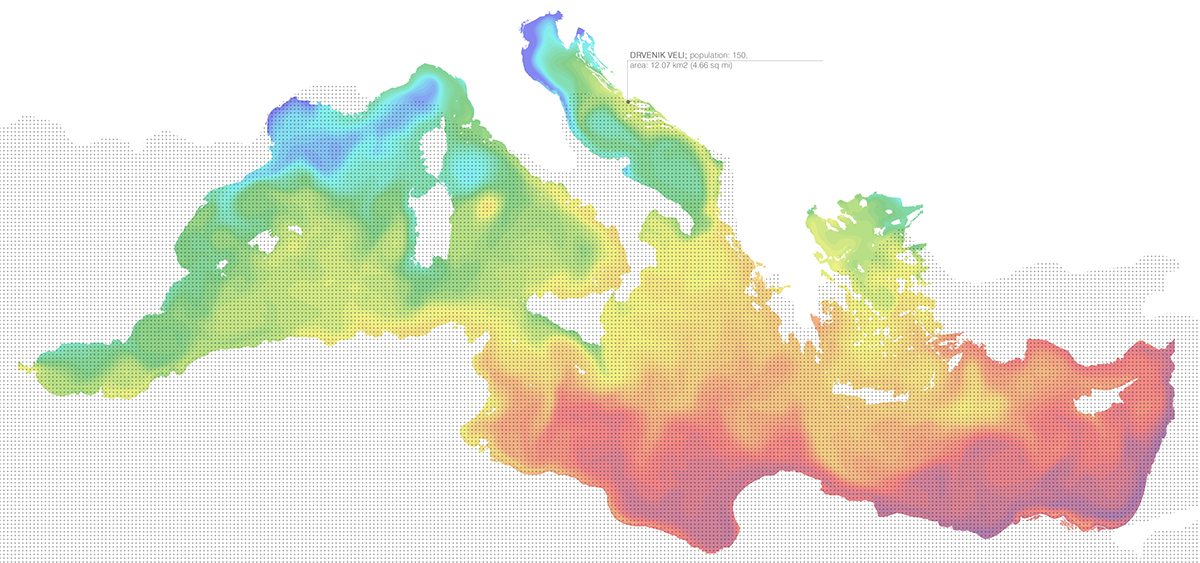CHARACTER STRUCTURE
Character structure is a system of relatively permanent traits that are manifested in the specific ways that an individual relates and reacts to others, to various kinds of stimuli, and to the environment.
Character structure is a system of relatively permanent traits that are manifested in the specific ways that an individual relates and reacts to others, to various kinds of stimuli, and to the environment.

PRESENT CHARACTER
Modern man can transcend from the collective mentality that he has matured in. A person becomes aware of itself and the environment, and may have the right to question default norms, laws or beliefs arising out of the collective.
Dogma does not exist. Closest to dogmas are rules that depend on the context and other factors.
Being aware of yourself and the environment (the universe) is located in front of one of the many paradox that hold what we call chaos in constant balance.
We are a structural component and a factor in the same time.
LIFE CYCLE
If we experience the universe as a series of layers then we can imagine how the appearance of everything, including life is an intersection, knot made of multiple layers. "Birth" is joining of all layers and "death" is their separation. This cycle is happening everywhere around us and inside of us, only difference is period of the process. Avarage character understands death and birth as two points in time and beetween them residess existence. But that is only a small part of a greater cycle that is interconnected with many other cycles.
If we experience the universe as a series of layers then we can imagine how the appearance of everything, including life is an intersection, knot made of multiple layers. "Birth" is joining of all layers and "death" is their separation. This cycle is happening everywhere around us and inside of us, only difference is period of the process. Avarage character understands death and birth as two points in time and beetween them residess existence. But that is only a small part of a greater cycle that is interconnected with many other cycles.
Birth and death are considered powerfull motives. But the question resides, are we focusing on the wrong motives? If a person, character would look at himself and his place in the system he would become aware of his own miningless and importance, something would shift in our collective mentality.
If everything that we “own” isn’t ours to have should we bond to those things or should we procreate and destroy?

CHARACTER RE:DISCOVERS AND RE:DEFINES HIMSELF AND THE ENVIRONMENT THROUGH ACTIONS; CHANGING THE BALANCE
Our activities create ever-increasing periods of dominance of only one component isolated from a dual or plural balance module. This leeds to a scheme where resources are included in our system (civilization), excluding them from natures cycle. Also, resaults in high concentration of elements that cause a change of the environment, which we depend on.
There are already various ways to re:integrate our actions into the complex layers and cycles. We should consider looking at are interventions not as a complex systems of branches who are sticking out of our universe but rather as a closed system where we provoce a section, knot in universes complex weaving and that knot will untie. When it does we should design, plan for its re:integration. This is not crucial for the Earth. It is crucial for are existance, weather it will be on Earth or anywhere else.

ISE GRAND SHRINE
The architectural style of the Ise shrine is known as shinmei-zukuri, characterized by extreme simplicity and antiquity: its basic principles date back to the Kofun era (250-538 C.E.). The old shrines are dismantled and new ones built on an adjacent site to exacting specifications every 20 years.
TIPI; INDIAN TENT
A tipi (also tepee and teepee) is a conical tent, traditionally made of animal skins, and wooden poles. The tipi was used by the nomadic tribes of the Great Plains.
IGLOO
The Inuit word iglu (plural igluit) can be used for a house or home built of any material, and is not restricted exclusively to snowhouses (called specifically igluvijaq, plural igluvijait), but includes traditional tents, sod houses, homes constructed of driftwood and modern buildings.

MEDITERRANEAN SEA
The Mediterranean Sea is a sea connected to the Atlantic Ocean surrounded by the Mediterranean region and almost completely enclosed by land: on the north by Europe and Anatolia, on the south by North Africa, and on the east by the Levant. The sea is sometimes considered a part of the Atlantic Ocean, although it is usually identified as a completely separate body of water.

OLD INTERVENTION
Drywall matrix is a point of reference in thinking about the relationship between our intervention with the environment. Distribution of nature, protection, network, settled with the intention of colonization and use, its management realized by creating a physical barrier (the message to other people where are the limits of ownership).
NEW INTERVENTION
Relationship to heritage, the center of the shelter is also the center of human presence. The shelter shows the intention of residence, their interaction with nature. Modern luxury: exposure, outdoors.









